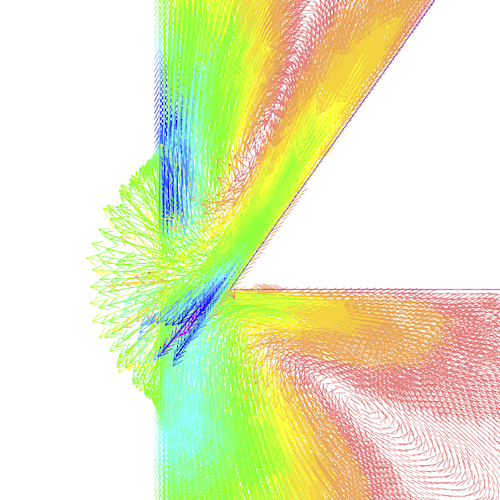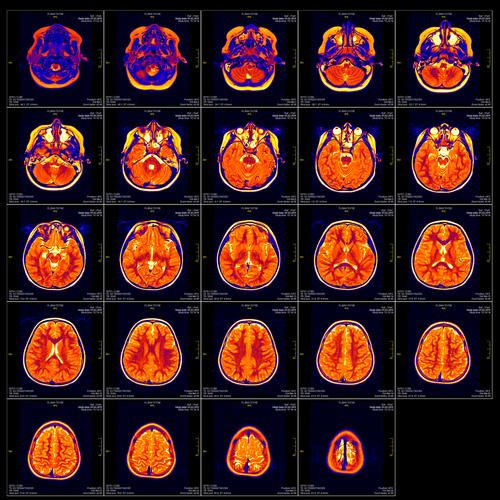
The goal of this simulation effort is to better understand the potential for biomolecule analysis of solid-state nanopore structures with active electronics. This is done by the finite element simultaneous solution of the Poisson Nernst-Plank ion transport and Navier-Stokes fluid flow equations in the fluid pore region. The mathematically identical charge carrier transport equations are solved in the semiconductor sensor and the solutions averlapped at the fluid/solid interface. The finite element approach allows complex geometries to be treated for this multi-physics problem. Both physics and biochemical expertise are needed to abtain useful results and is provided by members of the team.

Early detection of pediatric tumors is essential for effective cancer treatment. Typically first line imaging offered to pediatric patients is xrays or ultrasounds. However, the detection of tumors often requires expensive and less readily available imaging modalities such as CT scan or MRI. Furthermore, the sensitivity of xray and ultrasound varies by the skill and experience of the physician reading the image. Our goal is to develop open source imaging software that would use the information in xrays and ultrasounds to identify areas of concern that might not otherwise be detected. This would permit physicians, in an objective and cost effective manner, identify a subset of patients that require further work up. This would be particularly powerful tool for pediatric patients that are evaluated in rural setting where there is limited availability of pediatric subspecialists as well as in the developing world where CT and MRI availability is very limited.
